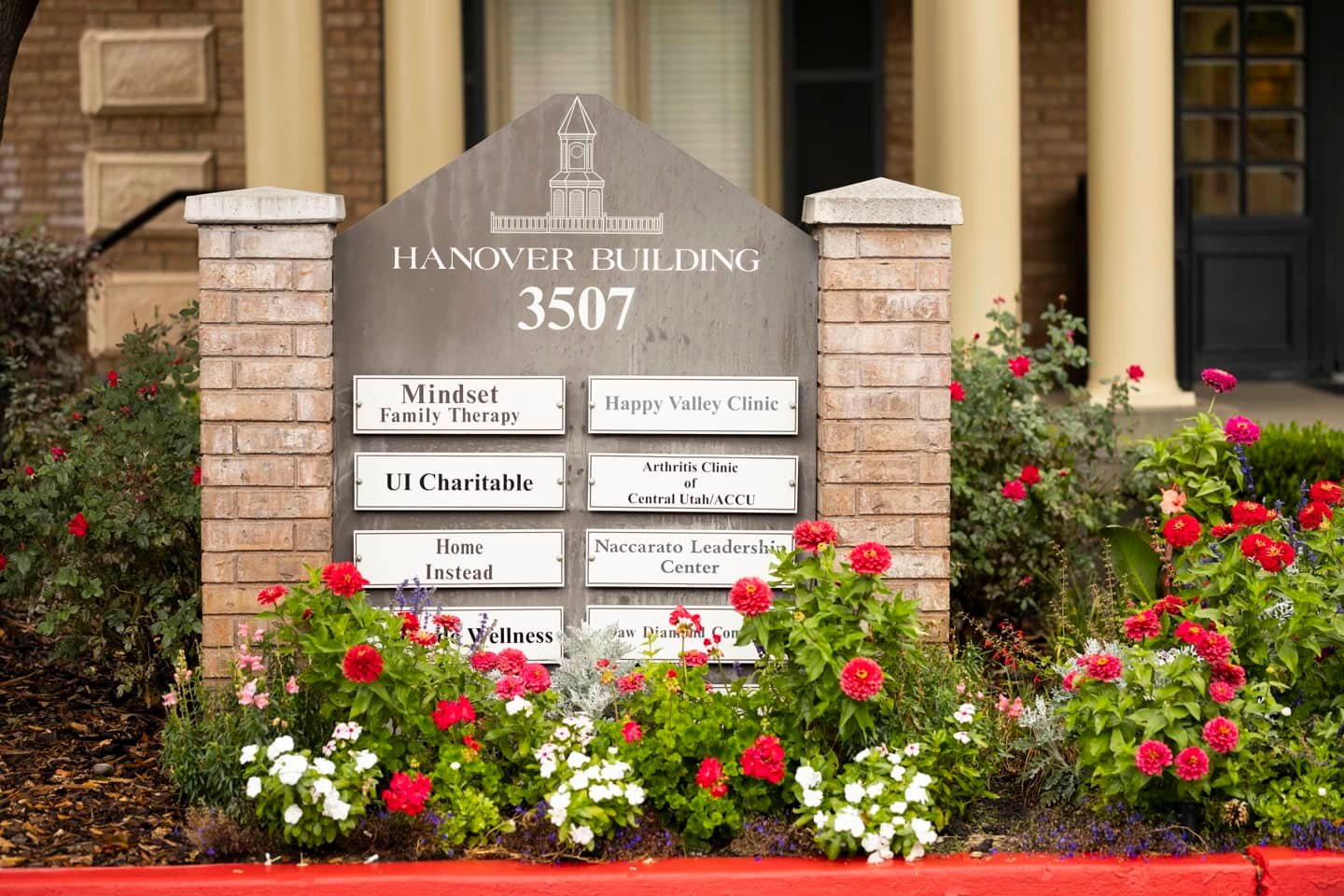Learning to Live in the Moment
April 10, 2018
 A six-year-old girl was at the park with her siblings. She had fun at the playground and then explored the park with her family. She noticed an old tree trunk by a pond and sat on it. When her siblings went back to the playground, she chose to stay there to enjoy her surroundings. She commented on the snow-capped mountains, the pine trees, the grass, the seemingly dead bushes, the ducks quacking sounds, and the tadpoles swimming in the pond. After about 10 minutes, she was invited to join the rest of her family. She asked if she could stay a little longer. She sat at the same spot for 30 minutes noticing the world around her and literally soaking it all in. She instinctively connected with what was happening right then without any cares about yesterday or tomorrow.
A six-year-old girl was at the park with her siblings. She had fun at the playground and then explored the park with her family. She noticed an old tree trunk by a pond and sat on it. When her siblings went back to the playground, she chose to stay there to enjoy her surroundings. She commented on the snow-capped mountains, the pine trees, the grass, the seemingly dead bushes, the ducks quacking sounds, and the tadpoles swimming in the pond. After about 10 minutes, she was invited to join the rest of her family. She asked if she could stay a little longer. She sat at the same spot for 30 minutes noticing the world around her and literally soaking it all in. She instinctively connected with what was happening right then without any cares about yesterday or tomorrow.
Indeed, we can learn the best lessons from children. When we were kids we were able to naturally get in touch with the present. However, as we grow older that ability fades away. The good news is that through mindfulness practice, we can reconnect with the world around us instead of getting caught up with memories, judgments and worried thoughts.
Many busy individuals claim that they don’t have time to practice mindfulness. This word can also be intimidating and confusing for many. Put simply, mindfulness is the conscious choice to connect with whatever is happening in the present moment. When individuals choose to become aware of what is happening in the here and now, they do so with curiosity and without attempting to change anything about it. This practice can benefit ones’ mental and physical wellbeing.
Consider these questions:
- Do I routinely get caught up with thoughts about the past or the future?
- Do I react negatively to unexpected circumstances and wish I had more control?
- Do I often feel overwhelmed, stressed, and anxious?
- Do I feel upset because I cannot control my thoughts and feelings as well as other internal experiences?
- Do I get stuck with thoughts that are unhelpful?
If the answer to most of these questions is yes, perhaps you can’t afford to not take the time to reacquaint yourself with becoming fully present in your daily living.
How can you do it when clearly there are not enough hours in the day for everything that needs to get done?
There are myriads of ways, but it is wise to start mindfulness practice by using your senses with your every day routines. Whether you are at home, work, school, or play, purposely notice what is around you.
This can be a feasible way to help you begin to increase your awareness. Every day, take 2-3 minutes to make a conscious effort to notice and connect with 5 things that you can hear, see and feel. Maintain a curious stance towards the things you notice with each of your senses. Even when they are familiar, try to find something new about them.
As you practice this simple exercise, awareness will increase, and you will notice when your attention diverts to something else. That’s what the mind naturally does. Notice when you are no longer in the present and gently bring your attention back to observing your surroundings with your senses.
When individuals make an effort to connect with the world around them, they are also able to increase awareness of their internal experiences such as their thoughts, feelings, sensations and urges. This in turn allows them to recognize that they do have a choice in how they respond to internal or external events.
Keep in mind that it takes time and effort to develop muscles at the gym. So it is with developing psychological flexibility. Mindfulness practice can help you do so, and yes, it will be worth it!


